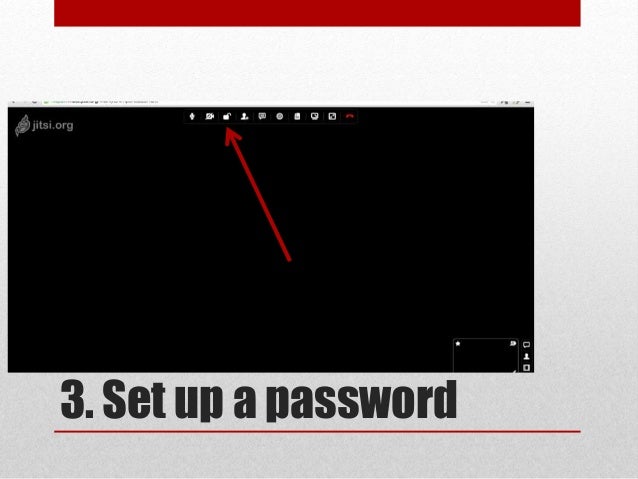

There are also some external components that need to be configured. The file is located under /etc/prosody/conf.d/.lua VirtualHost ""Ĭomponent "" "muc"Ĭomponent ""

Looking at the prosody configuration file that comes with Jitsi’s bundled prosody we can see that Jitsi Meet requires the XMPP server to serve two different virtual hosts. In the end both should be equally suited for the job. Since I already run a personal ejabberd XMPP server and don’t have any virtualization tools at hands, I wanted to make jitsi-meet use ejabberd instead of prosody. Otherwise you’ll have to do some manual configuration ahead of you. That means if you want to have the simple easy setup experience, your server must not already run another XMPP server. Part of the mix is a prosody XMPP server that is used for signalling.

Jitsi Meet is a suite of different components that all play together (see Jitsi Meet manual). The installer will guide you through most of the process (setting up nginx / apache, installing dependencies, even do the letsencrypt setup) and in the end you can start video calling! The quick start guide does a better job explaining this than I do.
#Jitsi meet authentication install#
Simply add the jitsi repository to your package manager and (in case of debian based systems) type sudo apt-get install jitsi-meet The installation of Jitsi Meet is super straight forward – if you have a dedicated server sitting around. No client software is needed at all (except mobile devices). It enables you to create a conference room from within your browser for which you can then share a link to your coworkers. A popular free and open source tool for creating video conferences similar to Google’s hangouts is Jitsi Meet. Since the corona virus is forcing many of us into home office there is a high demand for video conference solutions.


 0 kommentar(er)
0 kommentar(er)
